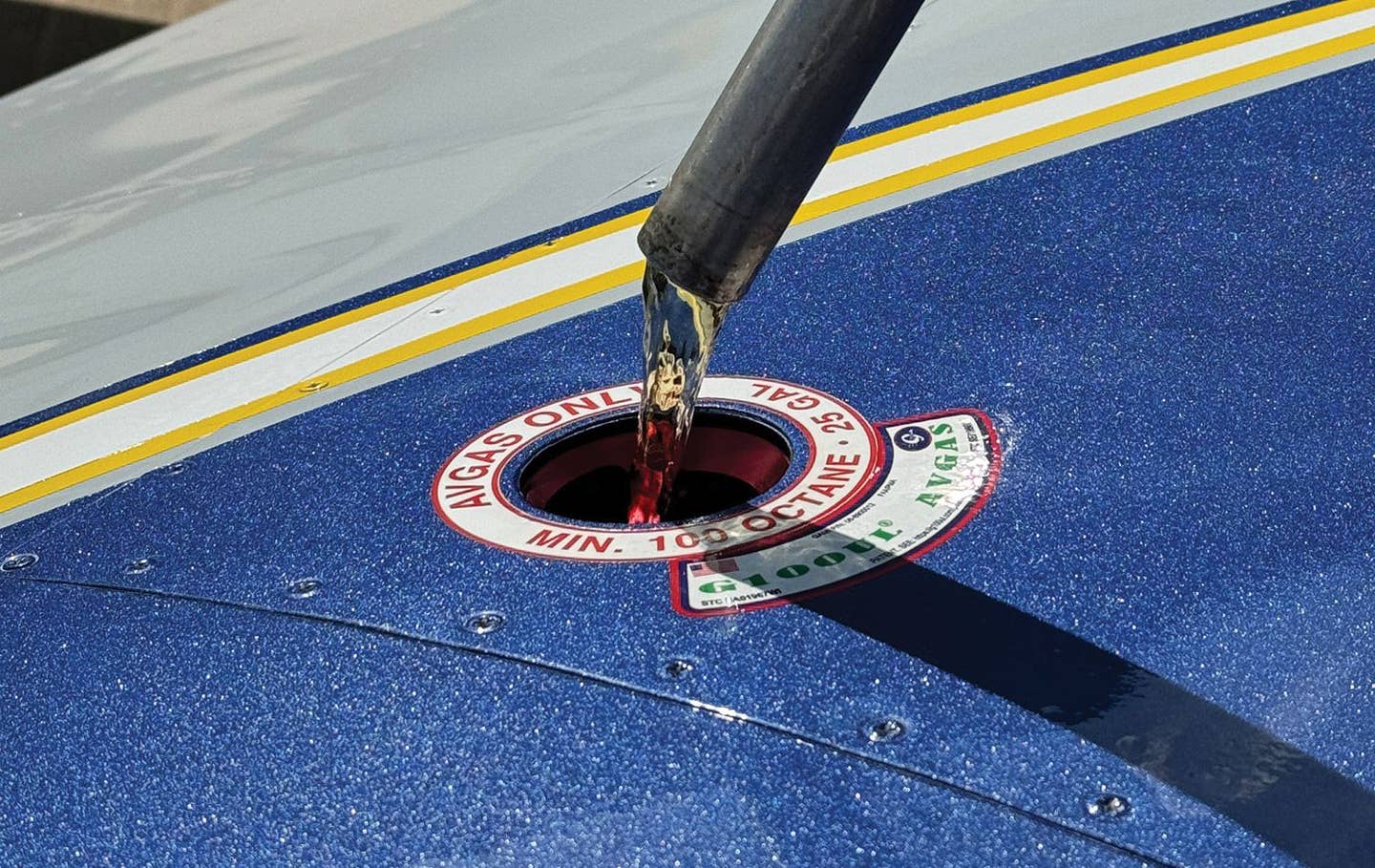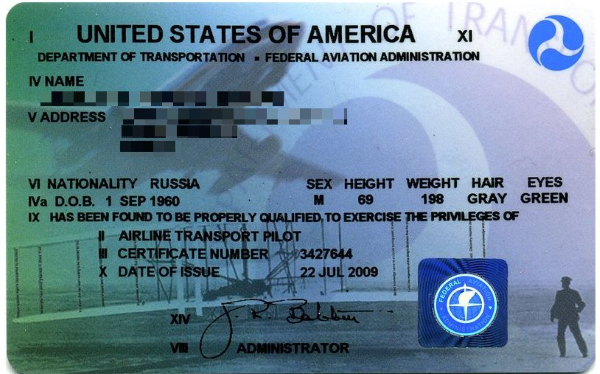Avigation Easements Explained
Avigation easements protect the airspace around airports. Removing them doesn’t necessarily remove most of that protection.

Rocky Mountain Metropolitan Airport
Last week, I published a news brief on the lawsuit a group of homeowners is filing in Colorado claiming the local airport, Rocky Mountain Metropolitan Airport—also known as Jeffco (KBJC)—is financially responsible for lowering their property values. The issue of “avigation easements” came up in my research on the lawsuit, and some readers asked for clarification on exactly what the term means and how it applies in the real world. So, as promised, here it is. Buckle up.
In real estate terms, an easement is defined as “a nonpossessory right that allows another party to use your land for specific purposes without owning the land itself.” Most easements involve either access roads or alleys that run through a property, usually along a property line or utilities such as power lines or sewer lines that are in place on the property. The easement enables maintenance workers or authorized inspectors to come onto the property to execute their responsibilities. The easement is assigned to the property lot and is written into the permanent title for the real estate parcel. Unless the easement is removed by the municipality, it remains in place in perpetuity and passes from owner to owner as the property is sold and resold.
I contacted members of the legal team at the National Business Aviation Association (NBAA) and Justine Harrison, general counsel and corporate secretary at the Aircraft Owners and Pilots Association (AOPA), for clarification on the specific details of avigation easements around airports.
Harrison explained that an avigation easement is different in that it involves the airspace above the property and how it must be protected. For example, if a landowner or developer plans to build on property near an airport, municipal approval of the plans may be subject to an easement. The easement is meant to ensure (from the FAA’s Suggested Template for Avigation Easements) “the unobstructed use and passage of all types of aircraft in and through the airspace at any height or altitude above the surface of the land.” Also, terms of a typical avigation easement usually preclude legal action by homeowners, giving said aircraft the right “to cause noise, vibration, fumes, deposits of dust, fuel particles (incidental to the normal operation of the aircraft); fear, interference with sleep or communication, and any other effects associated with the normal operation of aircraft taking off, landing or operating in the vicinity of [the airport].”
Typically, these easements restrict impediments to navigation such as by setting limitations on tree height, tall towers, highly reflective building materials that interfere with pilots’ vision, distracting or deceptive lights, smoke- or steam-producing facilities, or equipment that could generate electrical interference. Typical avigation easements also “may not permit any places of public assembly or gatherings” such as schools, churches, outdoor theaters, etc., within the area.
The FAA sample form is only a suggestion, however, and terms and limitations on avigation easements can vary and are subject to negotiations. Sometimes the limitations could be associated with changes in airport operations, such as runway expansion or higher than agreed noise levels. Reportedly, higher noise levels associated with nine of the 29 avigation easements at Jeffco were the reason a judge ruled to remove those nine easements in 2020. The properties associated with the current lawsuit are all located within the area of the nine easements.
Harrison explained that removing an easement does not mean the landowners then have the right to dictate traffic limits or impose curfews. On the contrary, the FAA retains the sole responsibility to control airspace. Safety and equitable availability of the national airspace system take precedence. A public airport is part of the national airspace system. An airport like KBJC that has taken federal funds is further limited in its ability to create curfews and restrictions as the result of its grant obligations. Additionally, the Airport Noise and Capacity Act (ANCA) also limits the airport's and community's ability to deny access.
One analogy from the NBAA legal team compares an airport to a segment of interstate highway: The local municipality has no more right to restrict access to an airport than they have the right to control truck traffic on the segment of Interstate 80 that runs through their town. Nor is an airport somehow at fault because aircraft operators choose to utilize it, any more than a municipality is culpable because drivers choose to utilize a road.
The NBAA team also pointed out that while removing the avigation easements enables landowners to sue the airport, it hardly guarantees that they will win damages from the suit. There are significant challenges to such legal action.
The following segment from the FAA’s 1976 Aviation Noise Abatement Policy is quoted in a letter sent to the Colorado State Attorney General, signed by AOPA’s Harrison as well as legal representatives of the General Aviation Manufacturers Association (GAMA), the Helicopter Association International (HAI), the National Air Transport Association (NATA), and NBAA. Citing “the exclusive federal control over the management of airspace,” the policy states, “Local authorities long have been preempted by the federal assumption of authority in the area from prohibiting or regulating overflight for any purposes. There remains a critical role for local authorities in protecting their citizens from unwanted aircraft noise, principally through their powers of land use control.”






